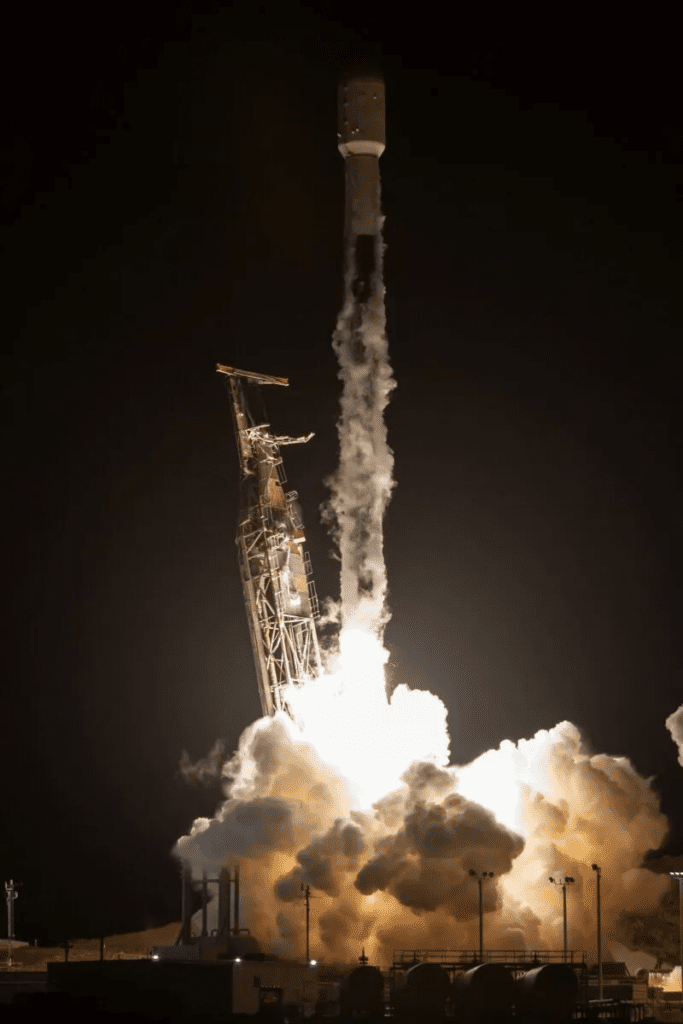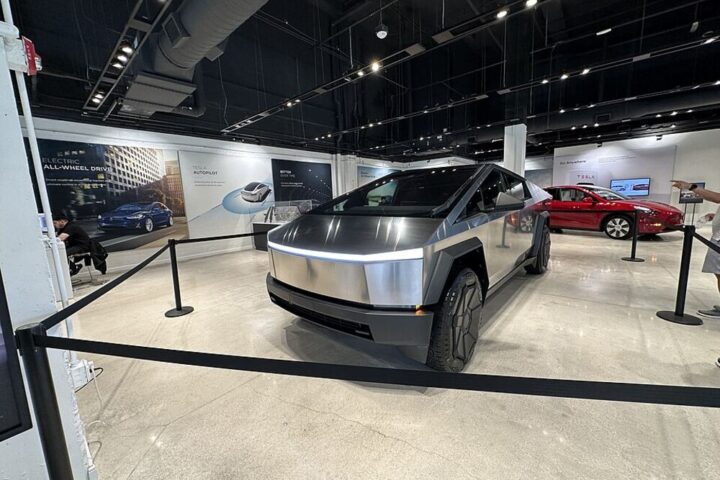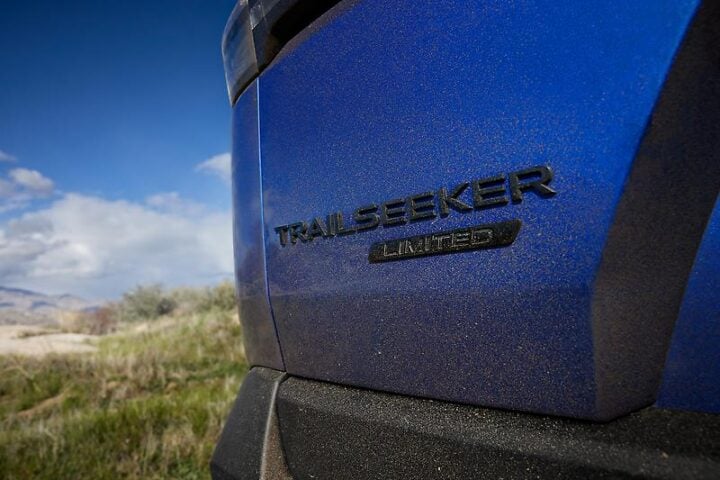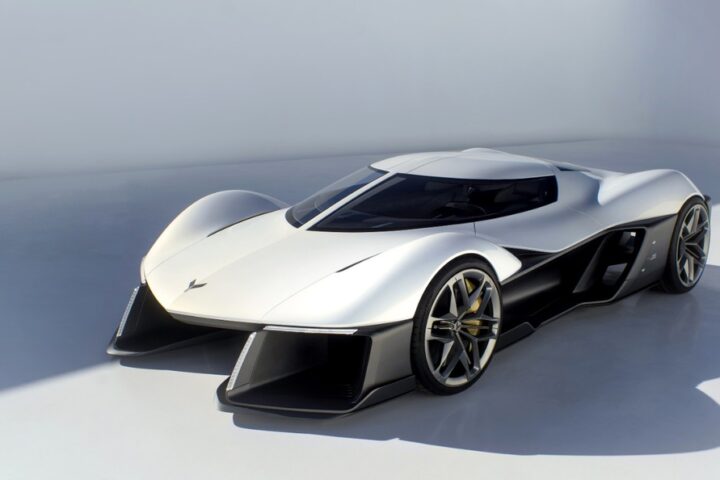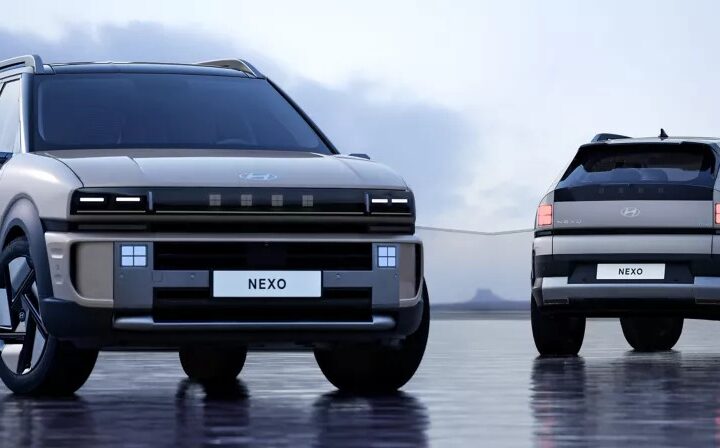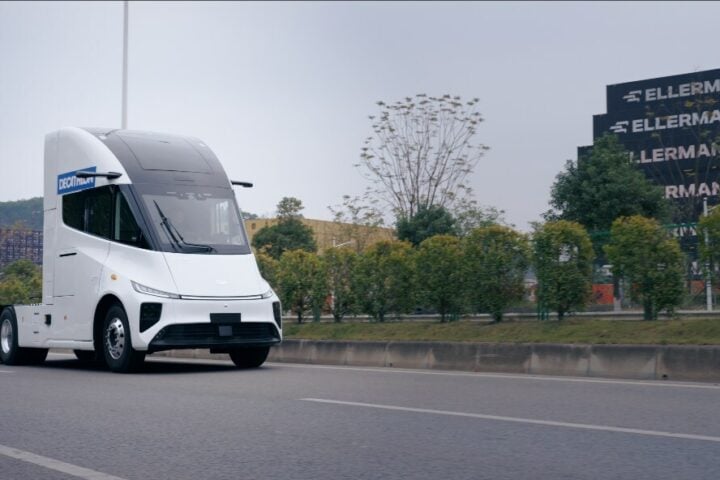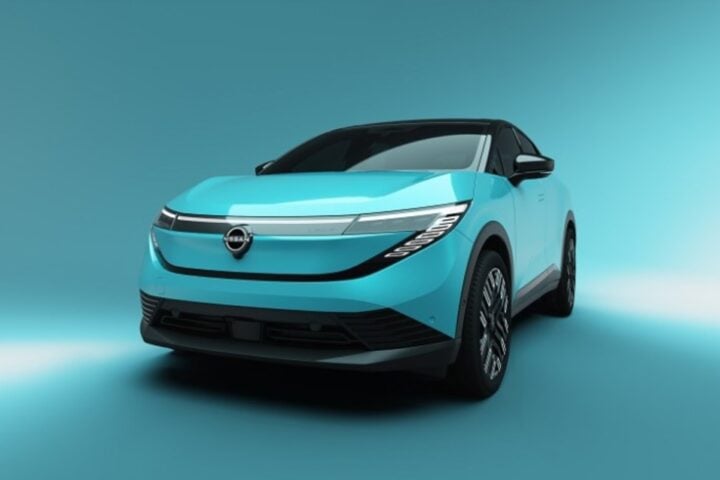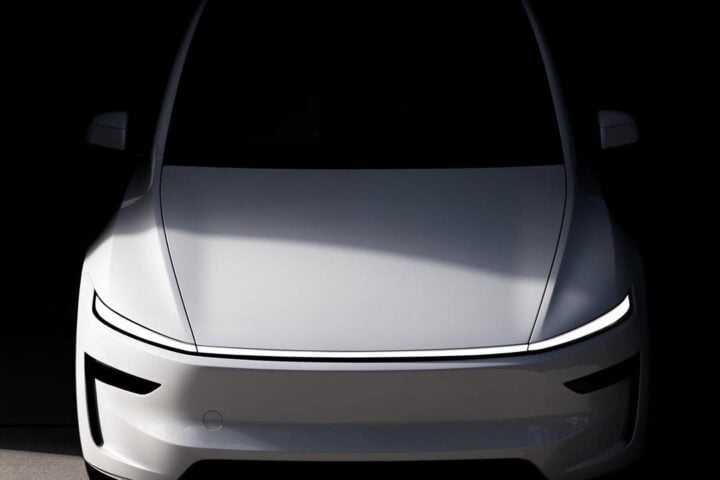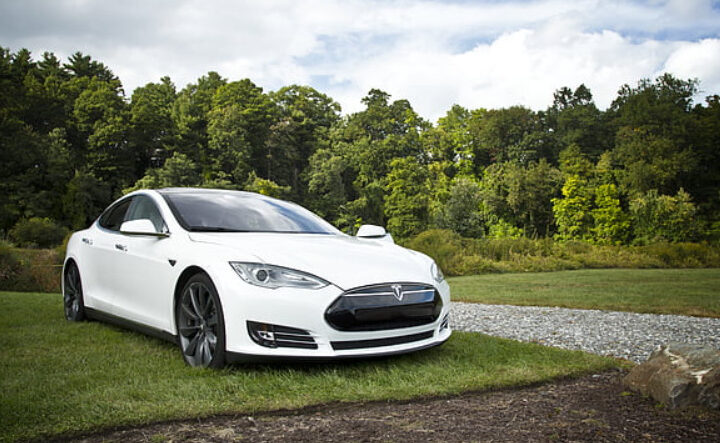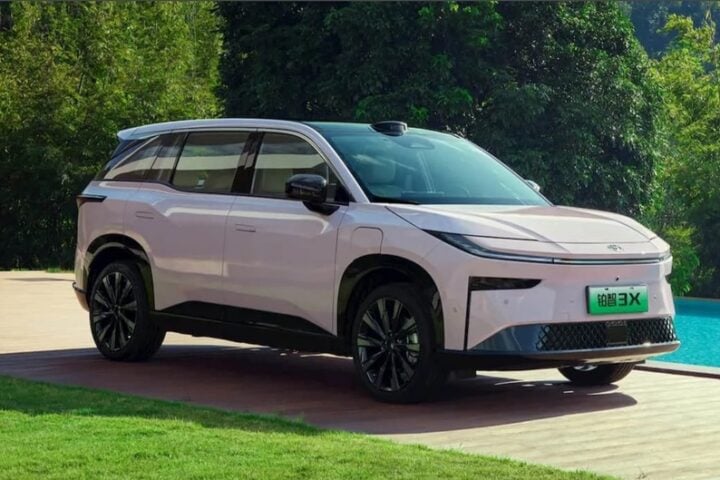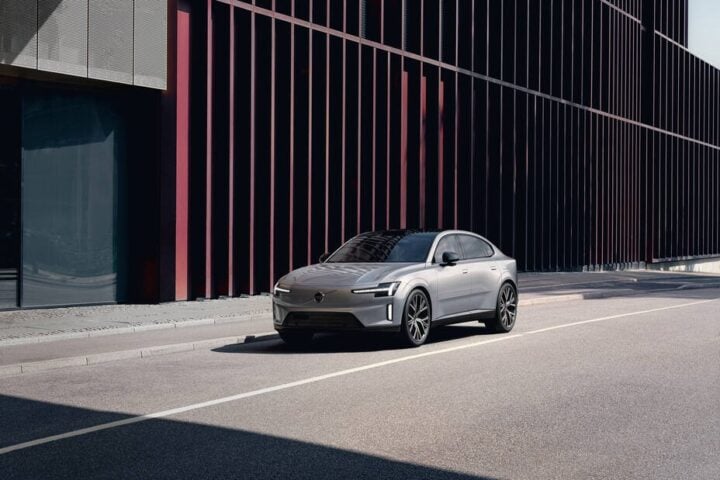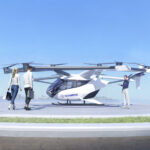Franky Zapata, the visionary who once soared across the English Channel on a hoverboard, has now unveiled his groundbreaking invention: the Airscooter. This personal flying machine is poised to revolutionize urban mobility, offering a swift alternative to traditional cars. With the capability to reach speeds of 62 miles per hour (100km/h), the Airscooter promises to turn two-hour car journeys into mere 10-minute flights. Its unique design features an egg-shaped cockpit, providing pilots with panoramic views from altitudes of up to 9,800 feet (2,900 meters).
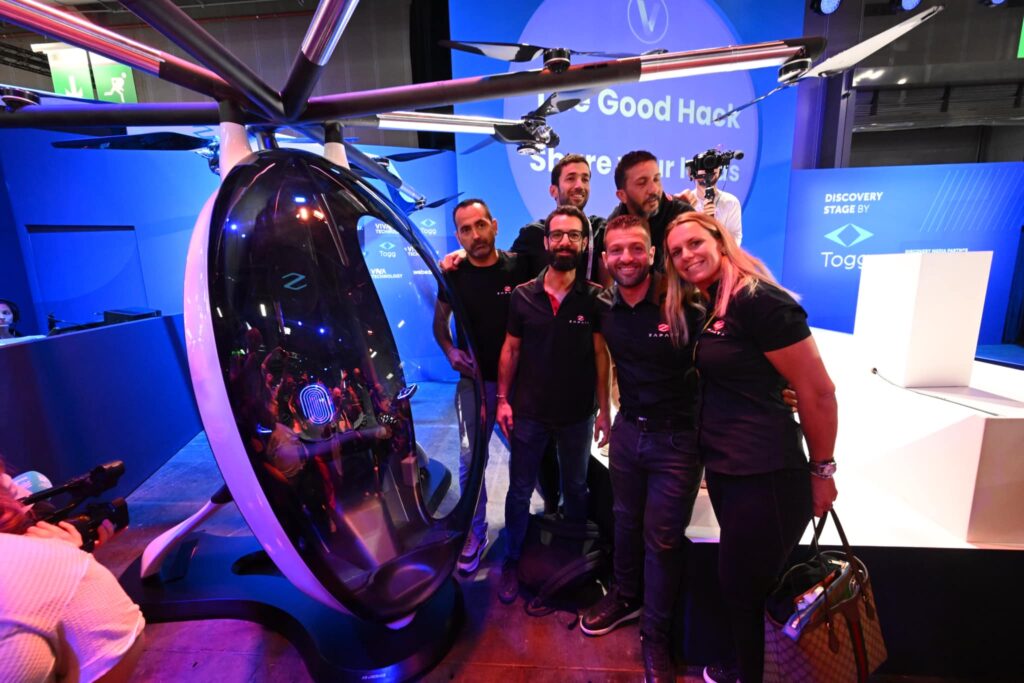
Despite its aerial prowess, the Airscooter’s carbon footprint is akin to that of a regular passenger car, due to its partial reliance on fuel propulsion. Zapata, the innovative French company behind this marvel, describes it as the “world’s most advanced personal flying machine.” The Airscooter’s hybrid-electric propulsion system, a blend of fuel and electric power, drives its six rotors, extending from its distinctive egg-shaped body. This hybrid technology allows for an impressive two-hour flight duration, surpassing other VTOLs in the market.
Simplifying the flying experience, the cockpit boasts two gaming-style joysticks, ensuring easy operation after just a brief training session. Weighing in at a mere 115kg, the Airscooter’s design is as lightweight as two average-sized individuals, though it accommodates only one pilot at a time. Revealed at the Viva Technology conference in Paris, June 2023, the Airscooter boasts 12 propellers, eight electric motors, and four thermal motors. Its dimensions are compact, measuring 340cm in length, width, and 256cm in height, with a unique window design on three of its sides.
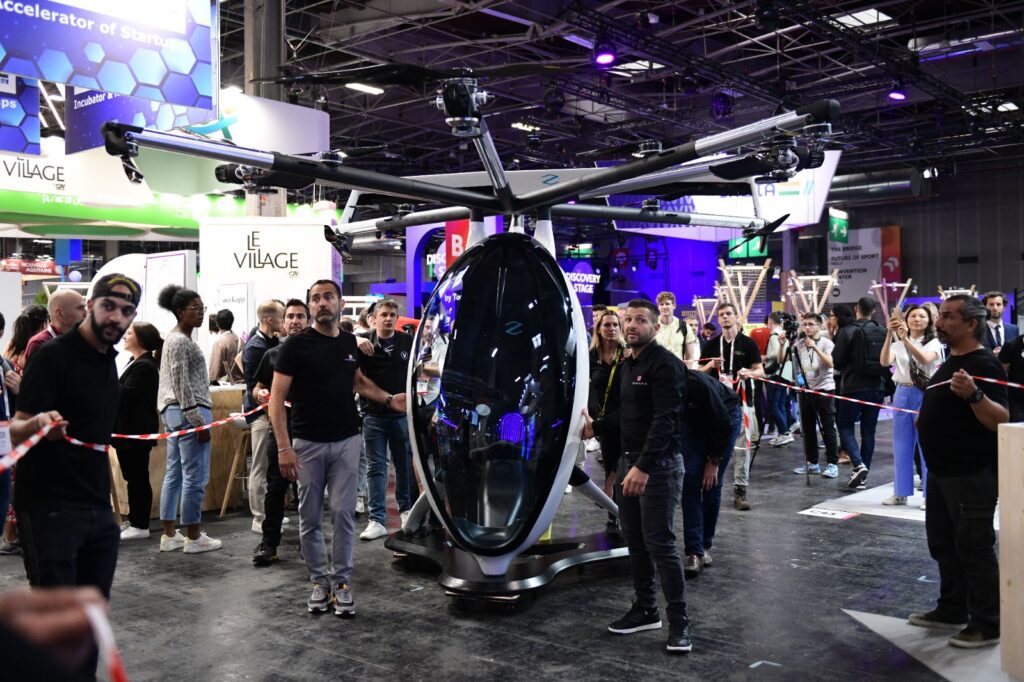
The Airscooter’s hybrid propulsion, combined with its 18.9 L fuel tank, ensures a flight time that challenges the industry standard. Compliant with the Federal Aviation Administration’s Part 103 regulations, this machine can be flown without a pilot’s license in the USA. Zapata’s commitment to sustainability is evident in their partnership with ETS Innovation, aiming to develop a renewable fuel solution for the Airscooter. Sustainable Aviation Fuels (SAF) are on the horizon, which could reduce carbon emissions by up to 80% compared to traditional fuels.
Similar Post
Beyond water sports and micro-turbo jet-propelled platforms, Zapata’s latest venture turns the sky into a new frontier for personal mobility. The Airscooter, still in its early stages, promises to be a game-changer with its hybrid propulsion and unmatched range. This flying scooter blurs the lines between sci-fi dreams and reality, offering a solution to urban congestion without the need for a pilot’s license. Its Distributed Electric Propulsion (DEP) feature ensures safety by providing redundancy in case of propeller malfunctions.
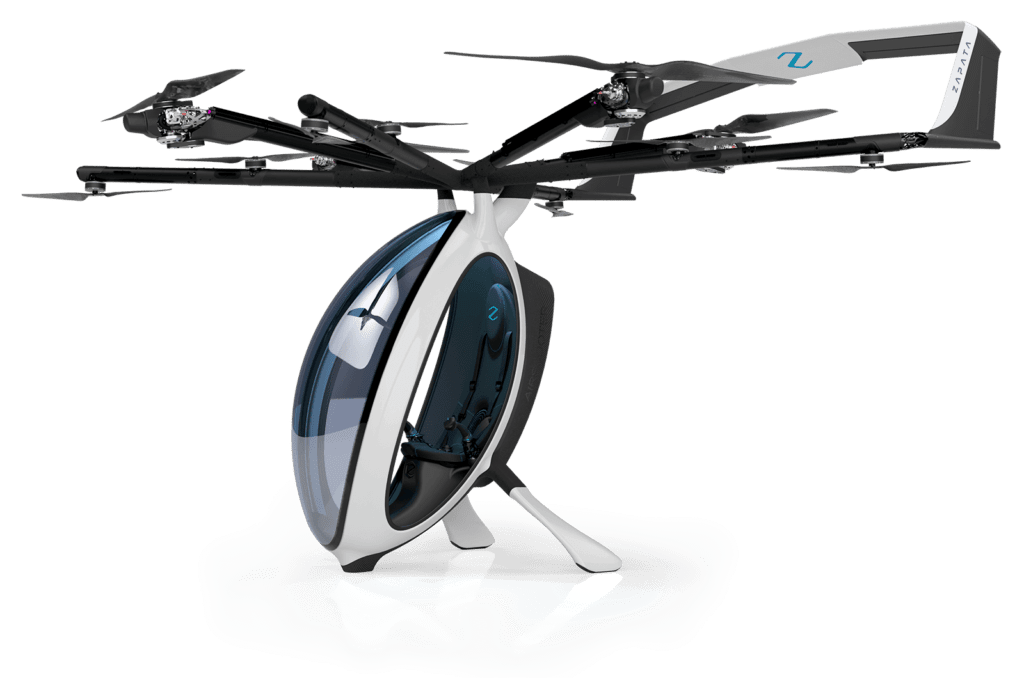
The Airscooter’s cabin, encased in glass on three sides, promises breathtaking views, making every journey an experience. While the technology is promising, challenges lie ahead in terms of legislation and infrastructure to accommodate such flying machines. The world of personal aviation is on the brink of transformation, and Zapata’s Airscooter is leading the charge. As urban spaces become more congested, the Airscooter offers a glimpse into a future where the sky is the next frontier for personal transportation.
With its intuitive controls and easy operation, the Airscooter bridges the gap between the virtual world and reality, making flying accessible to all. Zapata’s legacy of overcoming hurdles in the niche sector of innovative platforms makes the Airscooter a project worth watching. As the dream of personal flight inches closer to reality, Zapata’s Airscooter stands as a testament to human ingenuity and the endless possibilities of the future.


